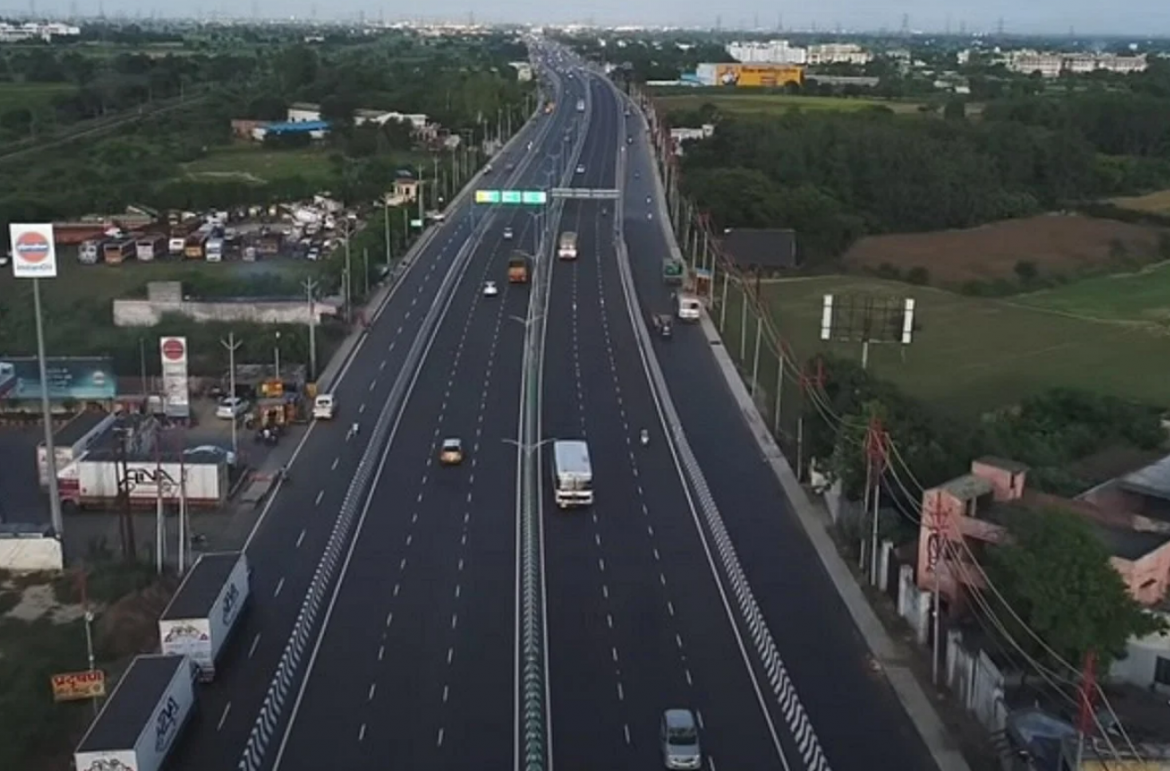In a significant move to bolster infrastructure, the Ministry of Road Transport and Highways has sought Cabinet approval for an ambitious INR 22 lakh crore investment. This massive funding aims to develop around 30,600 km of highways by 2031-32. The plan includes constructing 18,000 km of expressways and high-speed corridors, decongesting 4,000 km of national highways around cities, and building strategic and international roads.
Private sector participation
The plan, which has been shared with the Finance Ministry and other key ministries, outlines a significant role for the private sector, expected to contribute around 35% of the total investment. This collaboration is crucial for the project’s success, ensuring efficient and timely completion of the proposed infrastructure.
Two-phase development strategy
The highway development master plan is divided into two phases. Phase one, estimated at INR 22 lakh crore, will see the tendering of all projects by 2028-29, with completion targeted for 2031-32. Phase two will develop an additional 28,400 km, with financial estimates and specific plans to be determined later. Sanctioning and awarding of projects under phase two are expected to be completed by 2033-34, with construction finishing by 2036-37.
Strategic planning and data-driven decisions
The Ministry has meticulously planned the development of national highways and expressways. This includes an assessment of Goods and Services Tax Network (GSTN) data, which provides insights into the commodities transported from point to point. The analysis revealed that nearly 73% of freight was transported by road in 2021-22, with railways accounting for around 23%. Additionally, for commodities transported less than 350 km, 82% were moved by road, while 62% of goods for distances over 600 km were road-transported.
Enhancing speed and reducing logistics costs
One of the primary goals of this development plan is to increase the average travel speed of trucks on national highways from the current 47 kmph to 85 kmph. This improvement is expected to align India more closely with global standards, where the average travel speed on highways is over 100 kmph in the US and 90 kmph in China. Enhanced travel speeds are anticipated to help India achieve its target of reducing logistics costs to 9-10% of GDP.
High-speed corridors and accessibility
The development of high-speed corridors is a crucial aspect of the plan. These corridors have been identified to ensure accessibility within 100-150 km from any part of India. Currently, only 3,900 km of high-speed corridors are operational, but this figure is expected to rise to around 11,000 km by 2026-27. The expansion of these corridors is essential for improving connectivity and boosting economic growth.
Budgetary allocation and future projections
To support this extensive development plan, the Ministry has requested a 10% annual increase in budgetary allocation. In the interim budget, the government allocated Rs 2,78,000 crore to the Ministry, marking a 2.7% increase from the previous financial year. This incremental budget increase is vital for the seamless implementation of the project.
Long-term economic impact
The successful implementation of this highway development plan is expected to have far-reaching economic impacts. By improving infrastructure, reducing travel times, and lowering logistics costs, India can enhance its competitiveness on the global stage. The project aligns with the government’s broader vision of sustainable and efficient transportation systems, driving long-term economic growth and development.
A strategic leap for India’s infrastructure
The INR 22 lakh crore highway development plan represents a strategic leap for India’s infrastructure sector. With careful planning, private sector collaboration, and significant investment, this project aims to transform the country’s transportation landscape. As India moves forward with this ambitious plan, it sets the stage for a more connected, efficient, and economically robust future.



